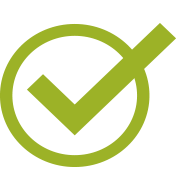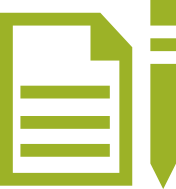Catalog Description
Also known as AAD 71
Prerequisite: Completion of AAD 44 or ART 4A with grade of "C" or better
Hours: 90 (36 lecture, 54 laboratory)
Description: Introduction to the concepts, tools, and techniques of painting and drawing using creative software. Exploration of traditional artistic techniques in a digital environment. Includes development of skills such as form, color, space, and composition. Development of projects in for both print and screen. (CSU)
Course Student Learning Outcomes
Effective Term
Course Type
Contact Hours
Outside of Class Hours
Total Student Learning Hours
Course Objectives
General Education Information
- Approved College Associate Degree GE Applicability
- CSU GE Applicability (Recommended-requires CSU approval)
- Cal-GETC Applicability (Recommended - Requires External Approval)
- IGETC Applicability (Recommended-requires CSU/UC approval)


